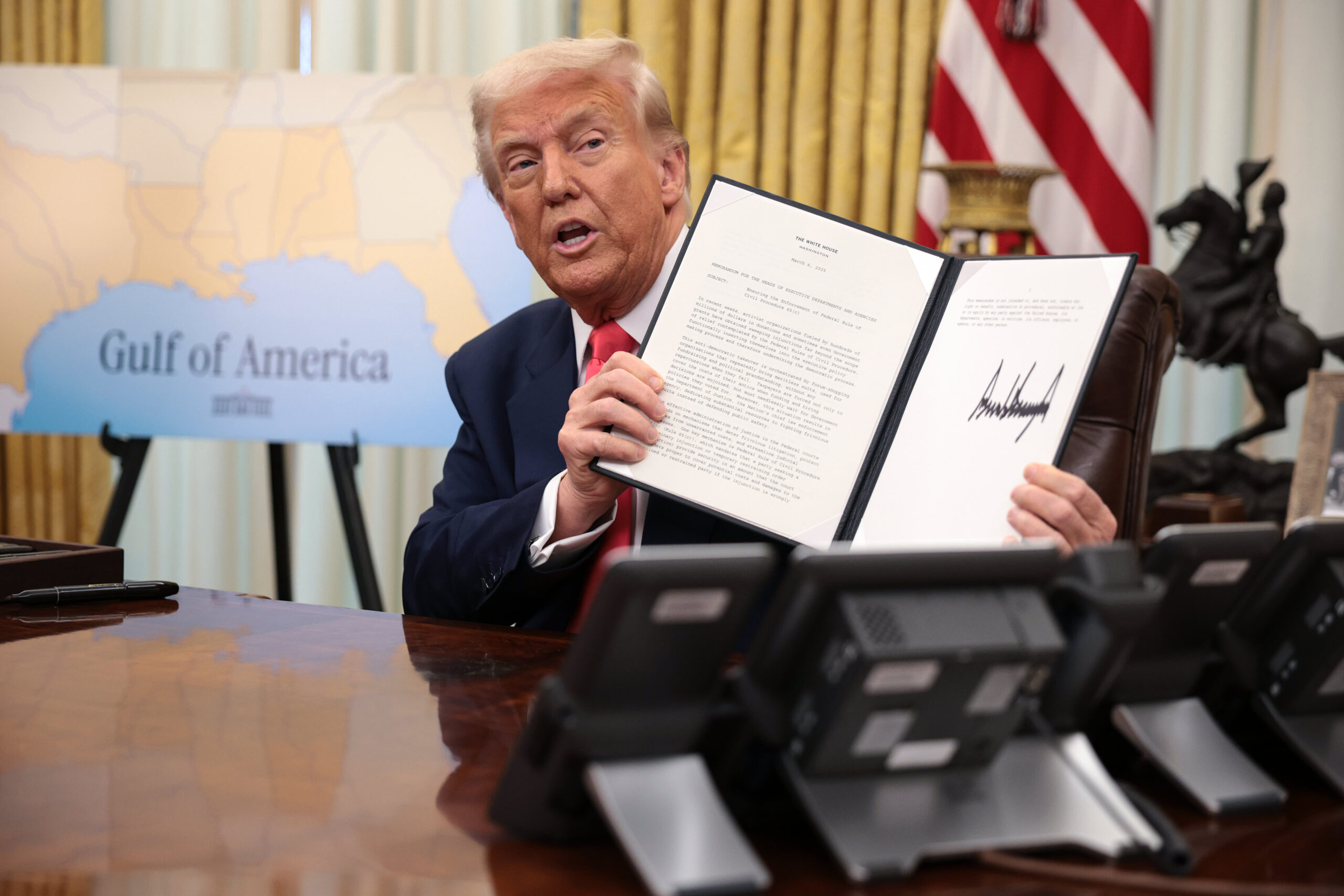TOKYO: If worries about sterling were a factor preventing the Bank of England (BoE) cutting interest rates too far ahead of the US Federal Reserve (Fed), then Japan’s US dollar-selling intervention may, weirdly, help keep its options open.
Britain’s central bank announces its latest policy decision today. While its unlikely to change British base rates this week, there’s speculation about whether it may guide markets towards a cut as soon as next month – just two weeks after a widely flagged move from the European Central Bank (ECB) on June 6.
More dovish recent noises from senior BoE figures, not least deputy governor Dave Ramsden, suggest some rhetorical movement in the Bank’s Threadneedle Street home – even as Fed hawks hang tough on a “higher-for-longer” tack across the Atlantic.
As it stands, money markets see a 90% chance of an ECB move next month, but less than a 50% chance of a June BoE cut – with a quarter-point reduction for the latter not fully priced until its Aug 1 meeting.
With a first Fed easing now not fully discounted in the futures market until November, that middle ground may seem comfortable for British policymakers.
However, BoE hesitation in joining the ECB may stem in part from a reluctance to undermine the pound against a resurgent US dollar – as that in turn may just aggravate US dollar-priced import costs in energy, commodities and other goods and cut across Britian’s disinflation process.
But if the US dollar has come off the boil more generally, there could well be a bolder view in London.
To that effect, Japanese government intervention over the past week to sell US dollars and put a floor under its plunging yen might finally turn down the heat on the greenback – just as the Fed cools simmering speculation of another hike there.
Morgan Stanley strategists point out that when Japan last intervened to sell the US currency in late 2022, the US dollar’s broader DXY index – which is almost 60% weighted against the euro but up to 14% and 12% respectively against the yen and sterling too – recoiled 10% over the following three months.
While they’re quick to point out that wasn’t all down to Japan selling, the snowballing was aided back then by a resumption of US disinflation and a China rebound – not an unlikely combination this time around either, even if less forceful.
With the US dollar on a tighter leash at least, BoE willingness to signal some more independence from the standing Fed policy timeline may increase.
And reckoning the door may well open up this week for a June BoE rate cut, the Morgan Stanley team said its estimate of a 4.5% “sensitivity” of the sterling/US dollar exchange rate to every 100 basis point fall in two-year US-UK yield gaps would make that tolerable.
“While unhelpful for the near-term inflation dynamic, this is not a dramatic depreciation,” it wrote, adding it’s enough to allow the BoE to deviate somewhat from the Fed.
Deutsche Bank strategist Shreyas Gopal and British economist Sanjay Raja riffed off a similar theme and said “divergence between the BoE and Fed is coming closer into view now”.
The Deutsche pair said the environment of low currency-market volatility more generally has reduced the sensitivity of sterling to a diverging rate path. It sees an even smaller 3.5% fall in the pound on a 100 basis point drop in the two-year US-Britain rate gap versus what would have been an equivalent 8% hit to the pound in the decade before Covid-19. — Reuters


